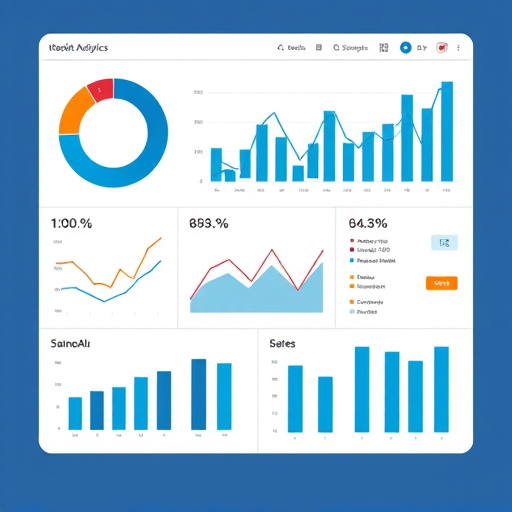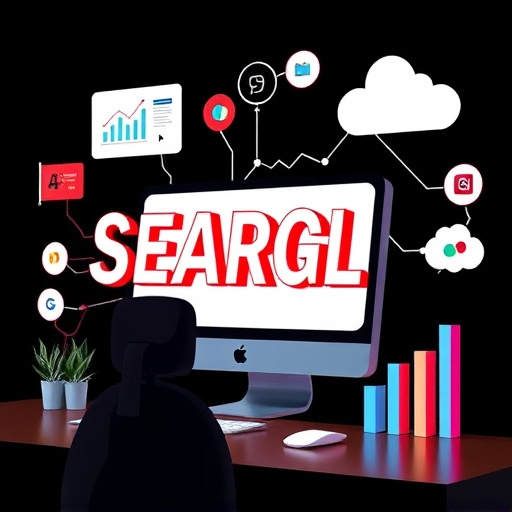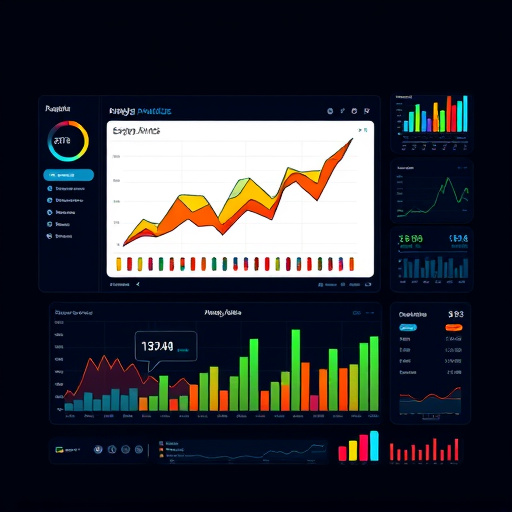Improving Google search rankings involves enhancing user experience (UX) through faster load times, better navigation, engaging content, and local SEO strategies. Optimizing for UX reduces bounce rates, signals site relevance to Google, and boosts search rankings. Consider professional SEO services for advanced optimization, including profile setup and custom design, to attract and retain local visitors.
Looking to elevate your website’s visibility online? Alleviate your bounce rate to boost your Google search rankings. This article delves into the profound impact of bounce rates on SEO, offering strategic insights to minimize them effectively. From understanding user behavior to optimizing web page experiences, you’ll uncover proven tactics to engage visitors and climb the search engine ladder. Implement these strategies for enhanced online performance and watch your website’s ranking flourish.
- Understand Bounce Rate Impact on SEO
- Strategies to Reduce Webpage Bounce
- Optimize User Experience for Better Rankings
Understand Bounce Rate Impact on SEO

Bounce rate is a critical metric that can significantly impact your search engine optimization (SEO) efforts. When visitors land on a webpage and immediately leave, it’s known as a bounce. High bounce rates signal to Google that your website may not be providing valuable content or relevant experiences for users’ queries. As a result, search engines might lower your website’s ranking in search results. On the other hand, optimizing your site to reduce bounce rate can have positive effects on improving Google search rankings.
In digital marketing Dallas, local businesses need to focus on creating mobile-friendly website designs that cater to modern users’ expectations. A well-designed, user-friendly website with relevant and engaging content is more likely to keep visitors interested, leading to lower bounce rates. Implementing strategies such as optimizing page load speeds, ensuring easy navigation, and leveraging high-quality visuals can make a significant difference. Additionally, focusing on local business online marketing techniques allows you to target specific demographics, further enhancing your website’s appeal and reducing the likelihood of users leaving without converting or engaging.
Strategies to Reduce Webpage Bounce

To reduce webpage bounce and improve Google search rankings, start by optimizing your site for user experience (UX). Ensure fast loading times, intuitive navigation, and high-quality content that addresses user queries directly. Incorporating interactive elements like videos, infographics, or quizzes can engage visitors and encourage them to explore further.
Additionally, leverage local SEO Frisco strategies to attract and retain regional traffic. Optimize your Google Business Profile with accurate, consistent information, including rich snippets and location-specific keywords. Regularly update your profile and respond to reviews to build trust and credibility. Conducting a comprehensive SEO audit service can also help identify areas for improvement, such as broken links, meta tag optimization, and mobile responsiveness – all of which contribute to reducing bounce rates and enhancing search rankings.
Optimize User Experience for Better Rankings

To improve Google search rankings, optimizing user experience is paramount. A well-designed website that offers a seamless and engaging user journey encourages visitors to explore more pages, reducing their bounce rate. This, in turn, signals to Google that your site is valuable and relevant, boosting its ranking. Key aspects of user experience optimization include intuitive navigation, fast loading times, mobile responsiveness, and high-quality content that addresses user queries effectively.
Consider enhancing these elements with professional SEO services near me to further refine your website’s performance. For instance, Google Business Profile optimization can help local businesses attract more relevant traffic by showcasing their listings prominently in local search results. Similarly, a custom website design tailored to users’ preferences and needs can significantly reduce bounce rates by providing an intuitive, appealing, and easy-to-use interface that encourages deeper engagement with your content.
By understanding and addressing bounce rate issues through optimized user experiences, you can significantly enhance your website’s performance in Google search rankings. Implementing strategies that reduce bounce rates shows a commitment to providing valuable content and relevant user interactions, ultimately fostering better engagement and higher SEO value.














